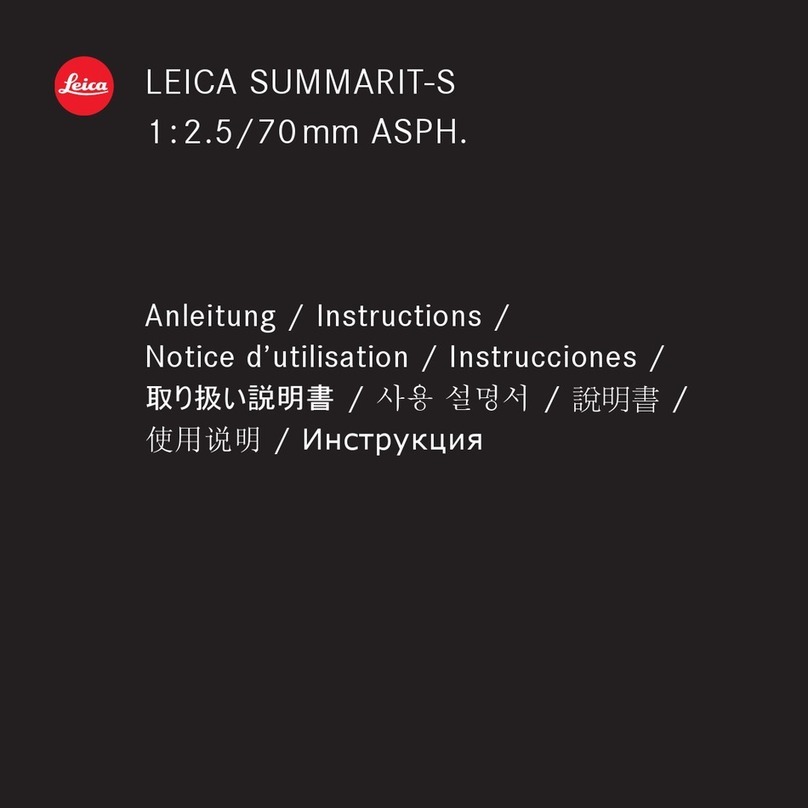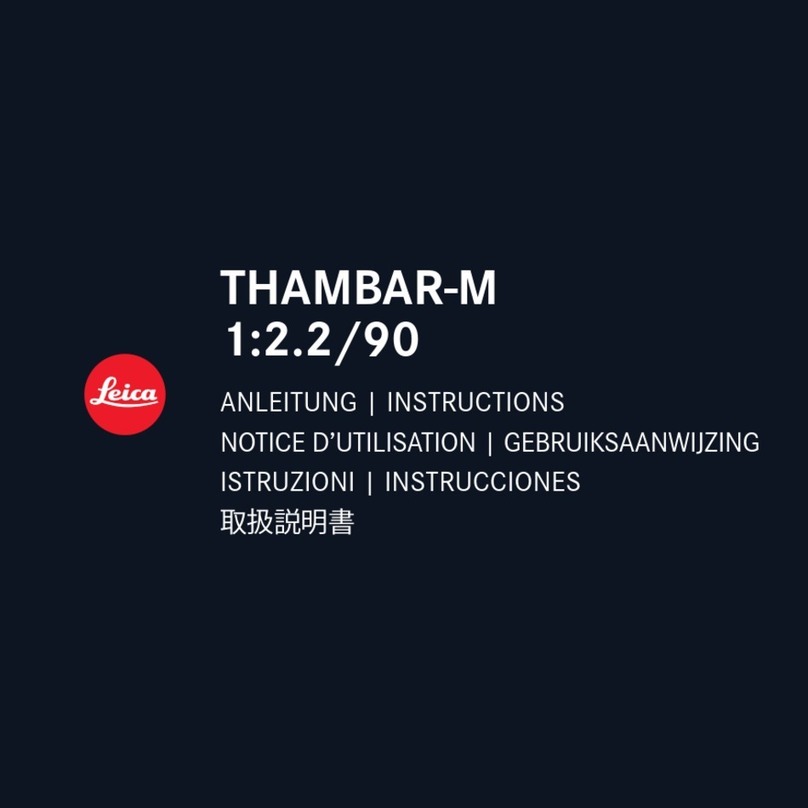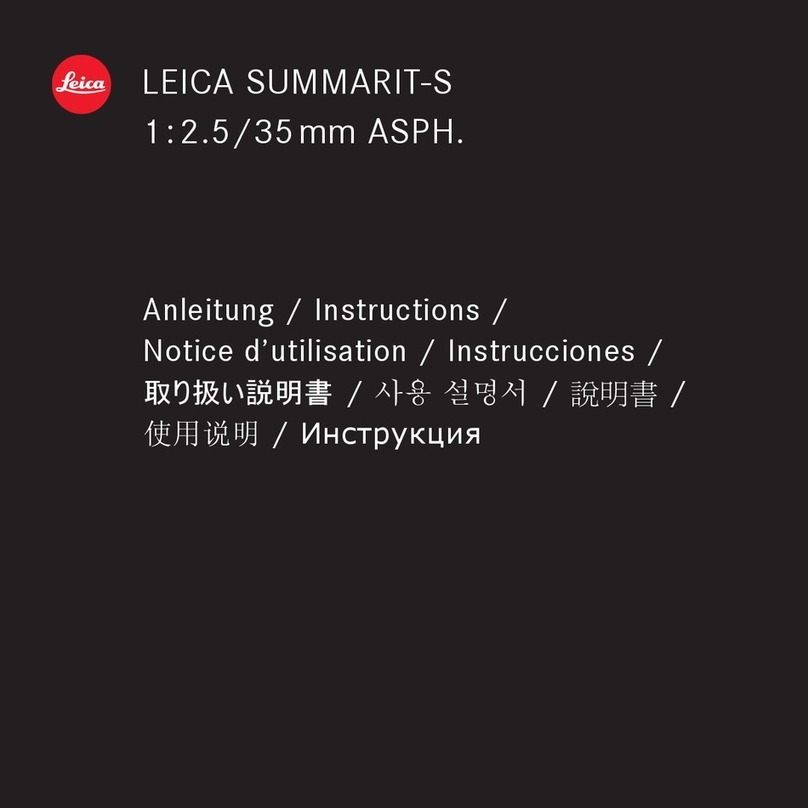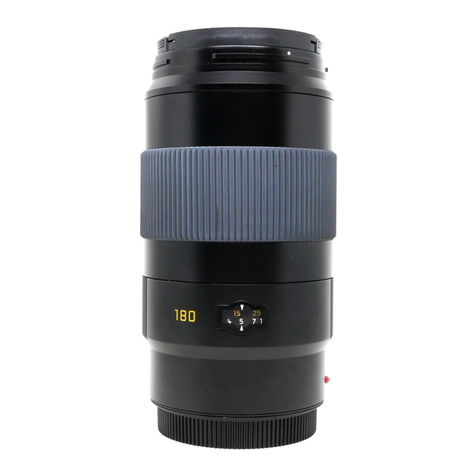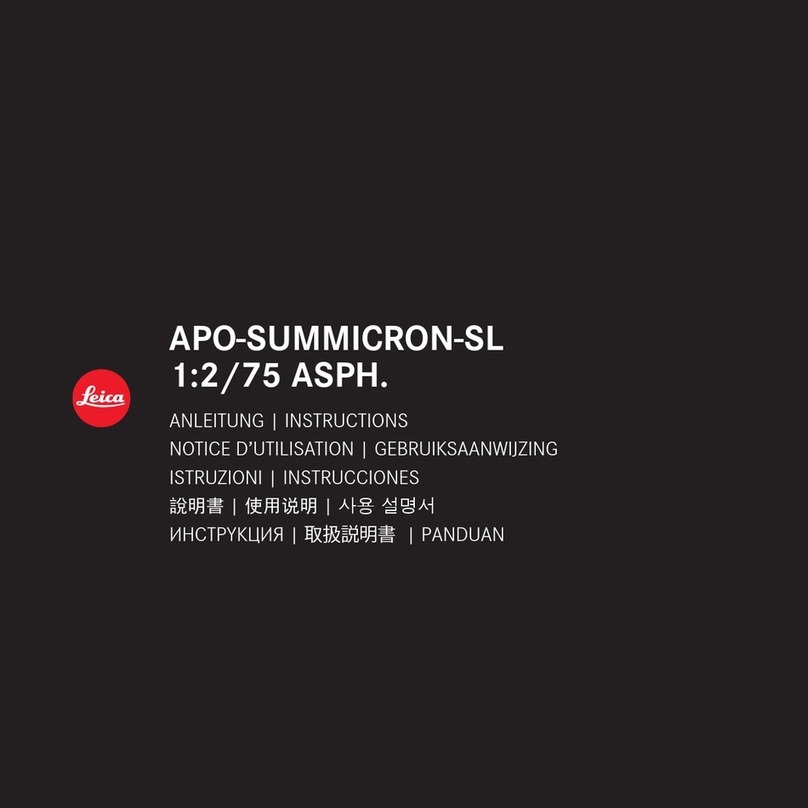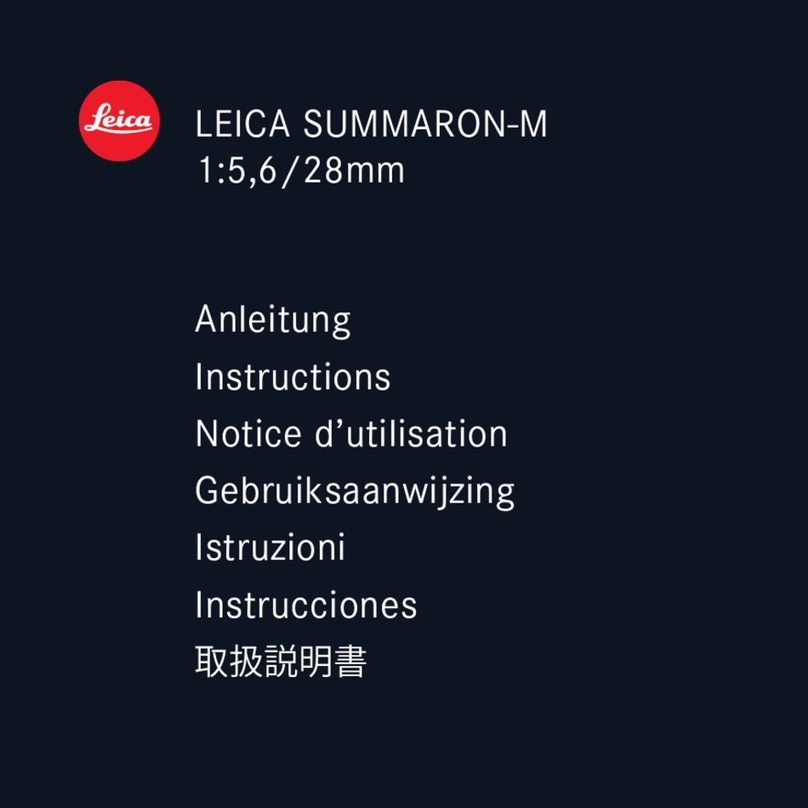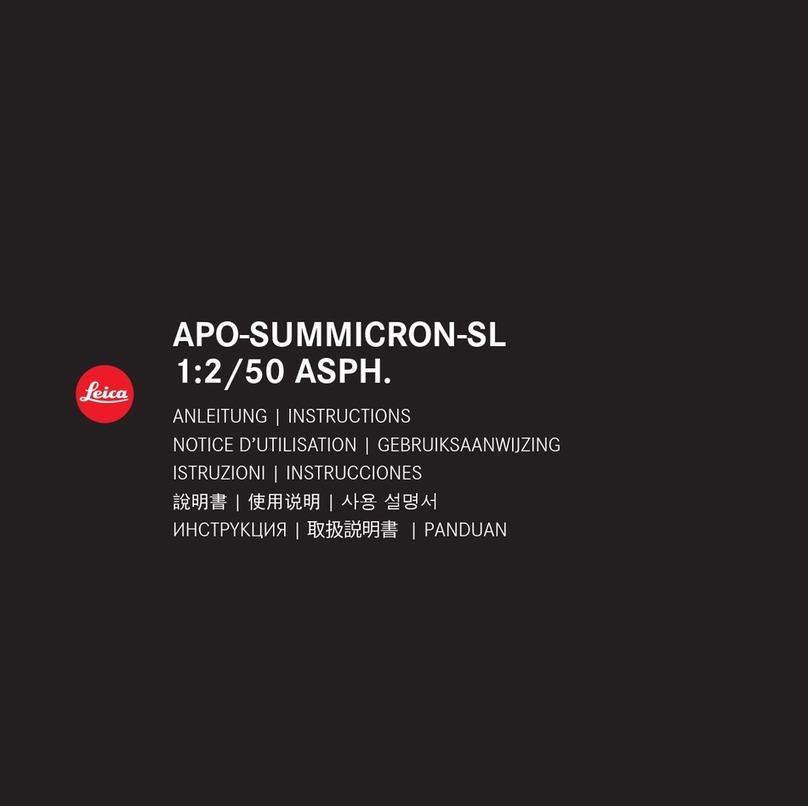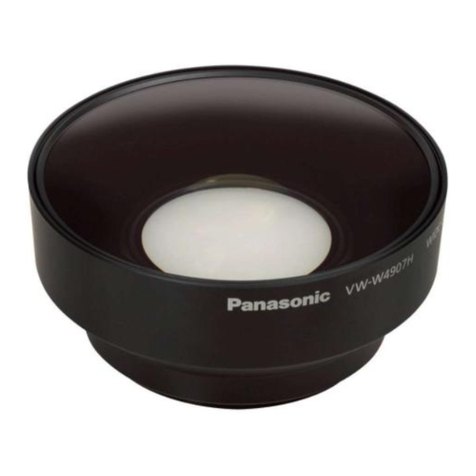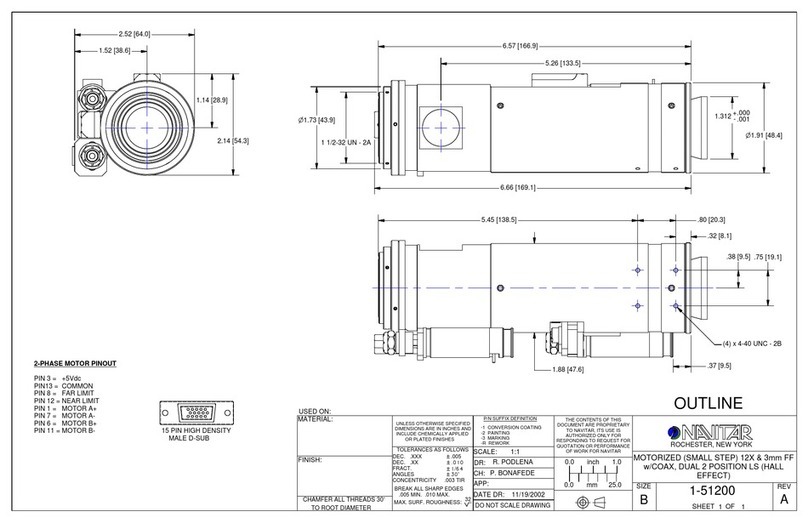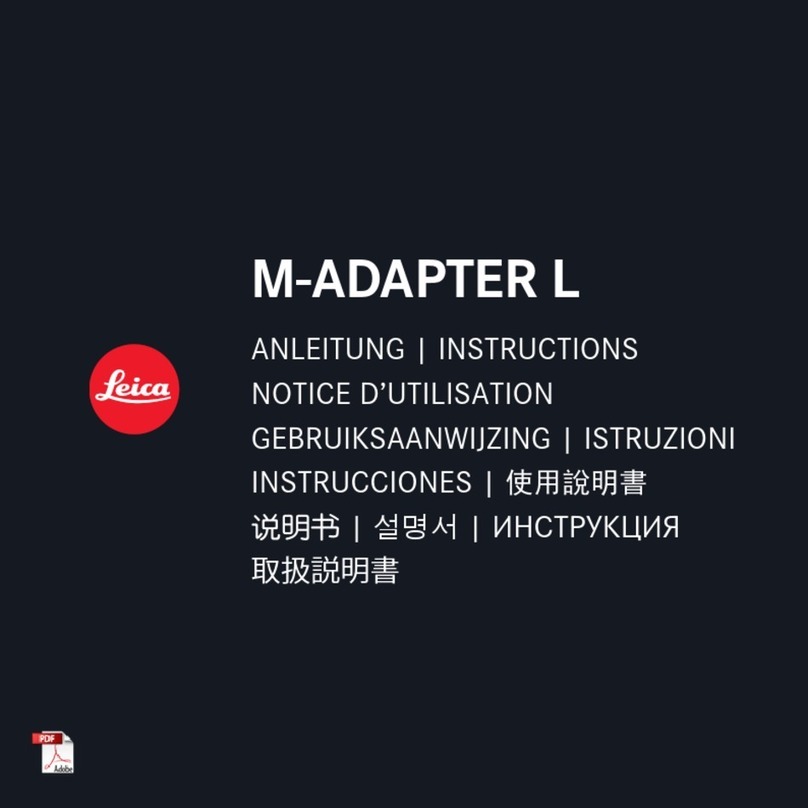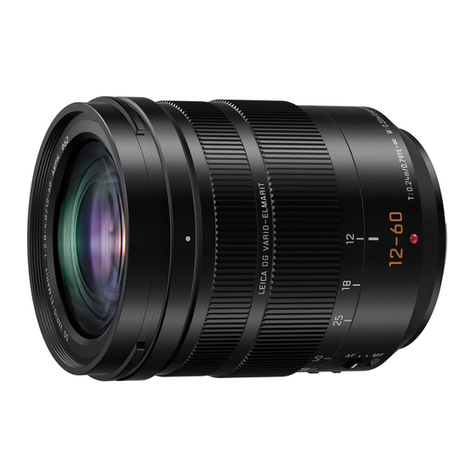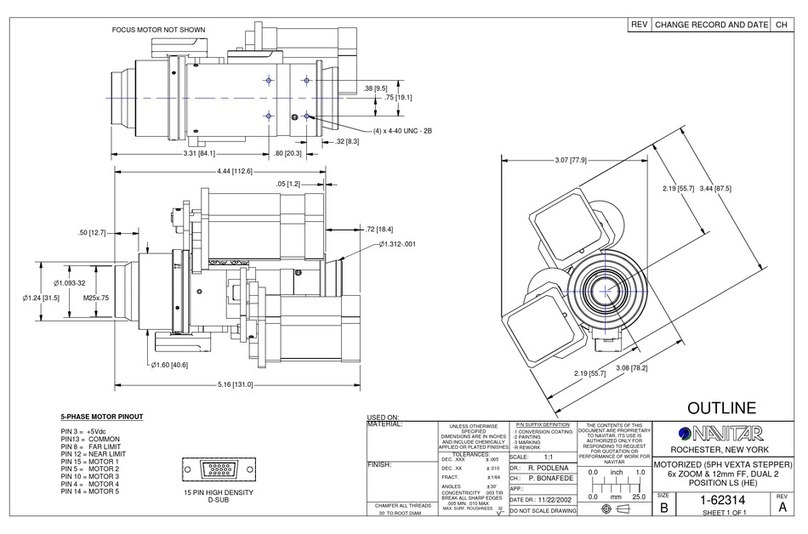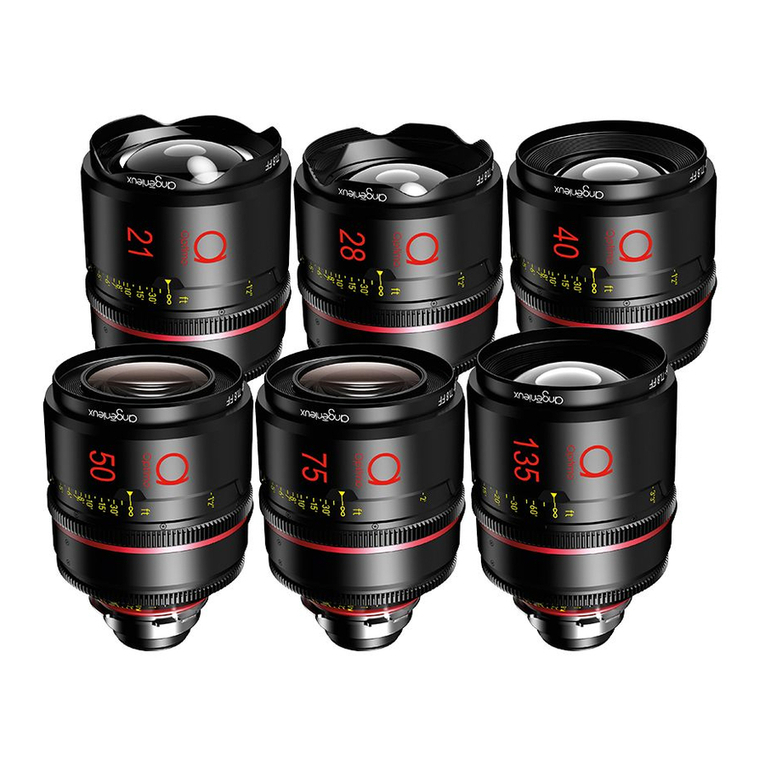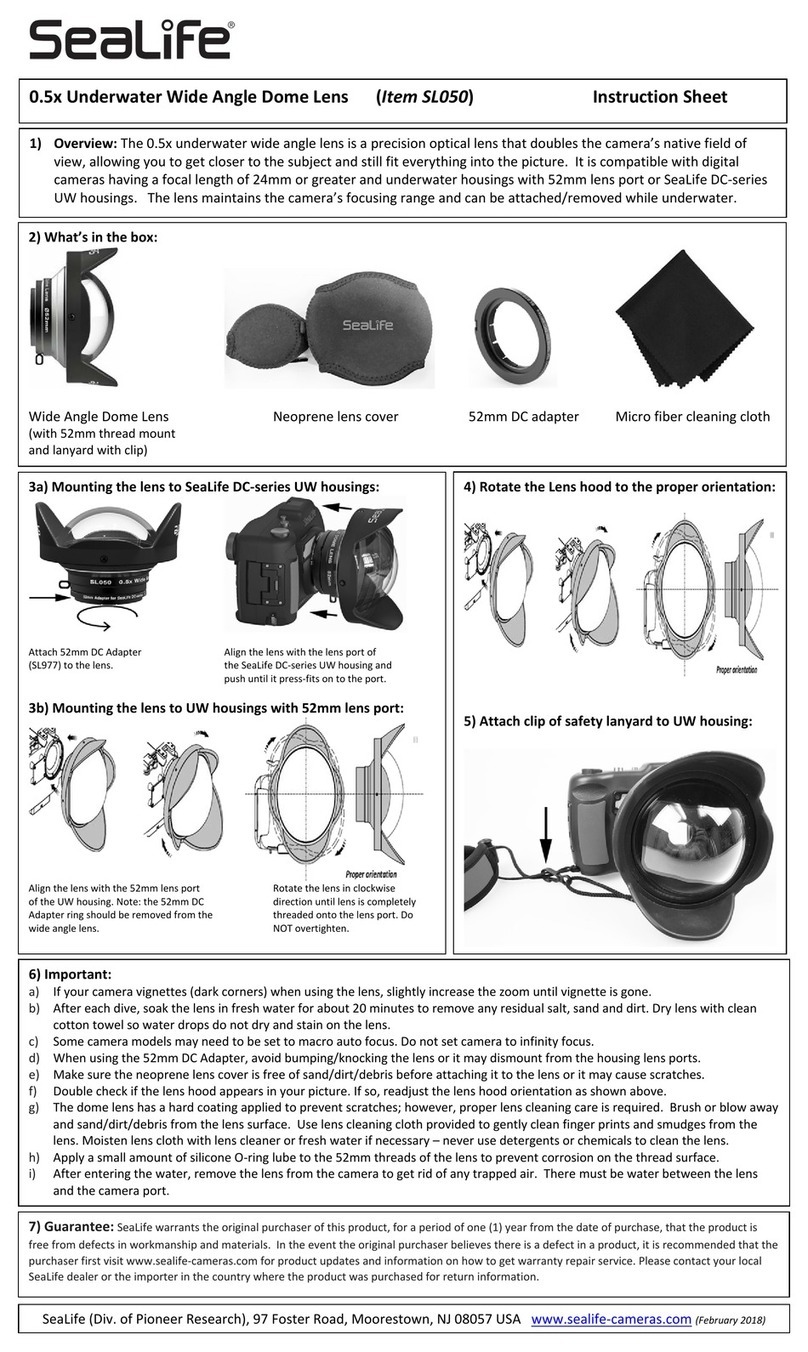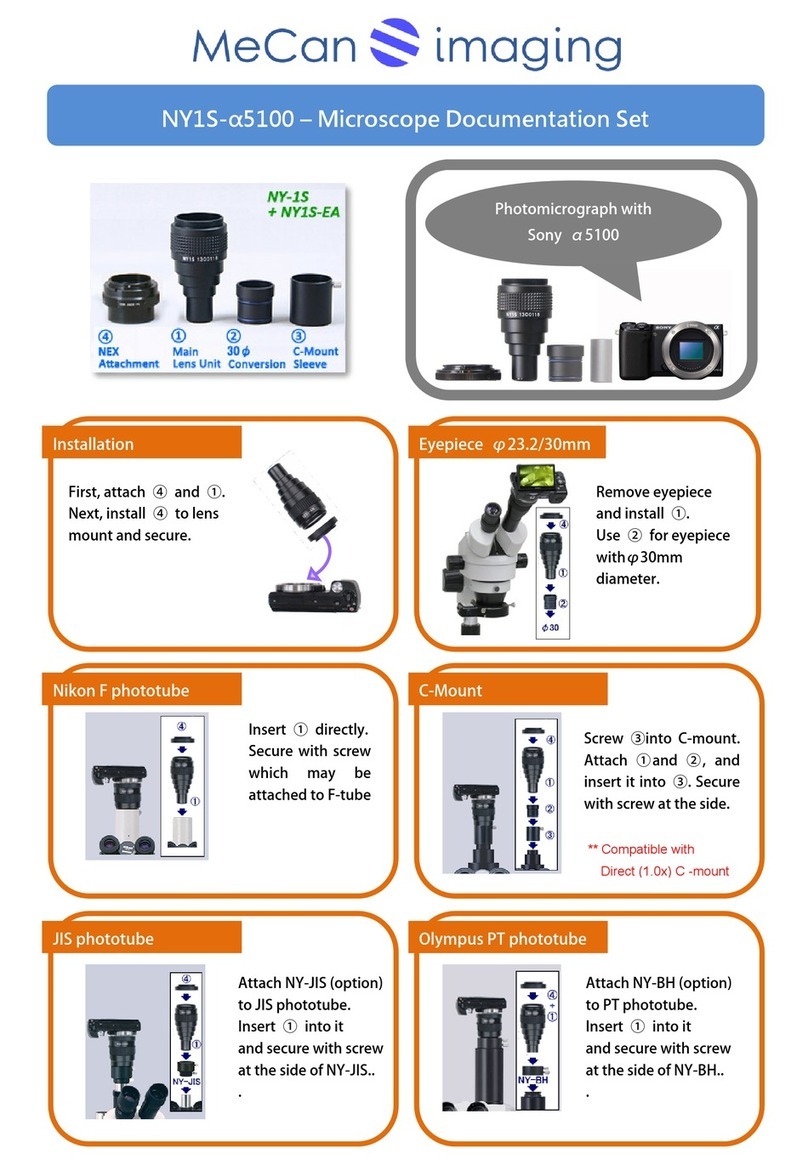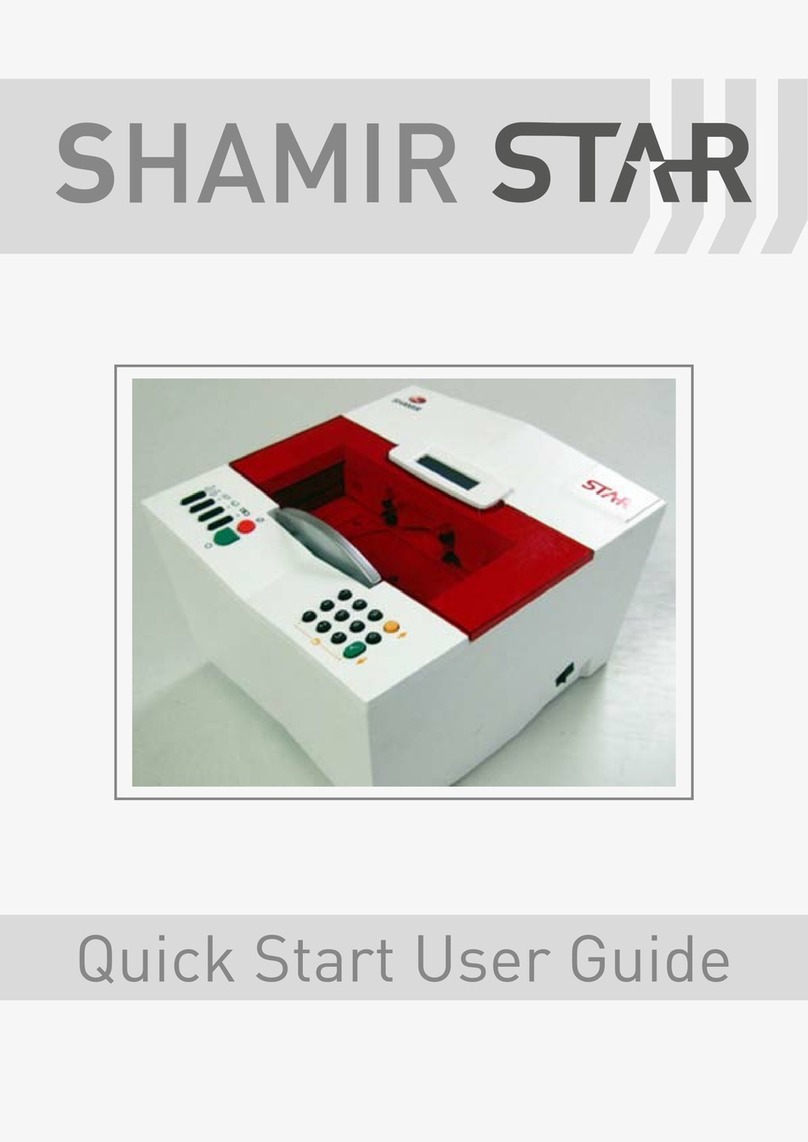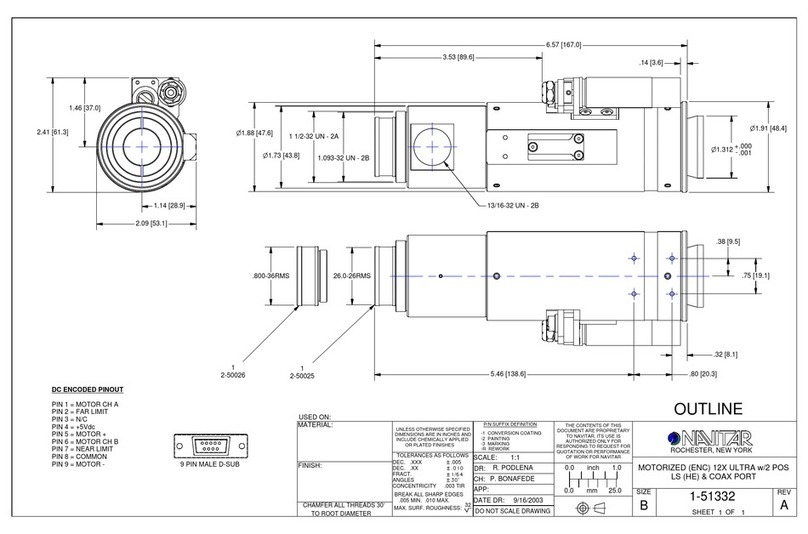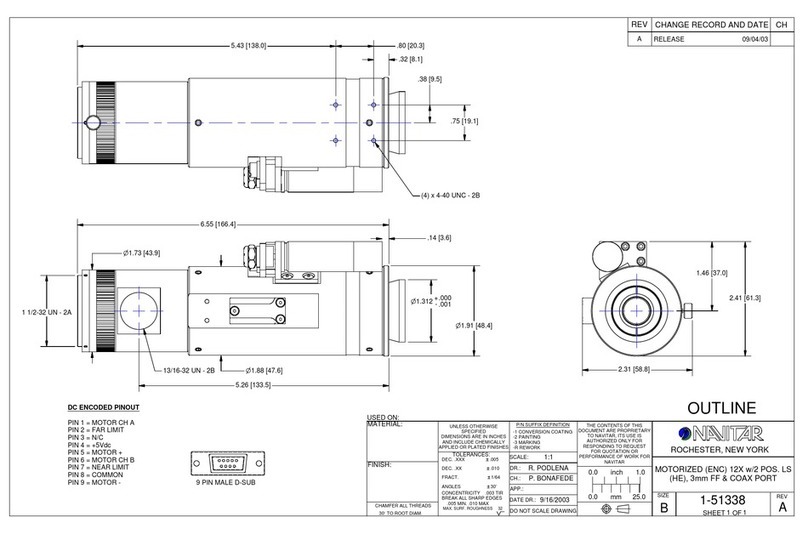
Deutsch ................................................................................................................... Seiten 2–9
Chlorfrei gebleichtes Papier
English ..................................................................................................................Pages 10–17
Paper bleached without chlorine
Français................................................................................................................Pages 18–25
Papier blanchi sans addition de chlore
Español .............................................................................................................. Paginas 26–33
Papel blanqueado sin cloro
34–41
Chlorfrei gebleichtes Papier
Koreanisch ........................................................................................................... Seiten 42–49
Chlorfrei gebleichtes Papier
Trad. Chin. ............................................................................................................ Seiten 50–57
Chlorfrei gebleichtes Papier
Simpl. Chin. .......................................................................................................... Seiten 58–65
Chlorfrei gebleichtes Papier
Немецкий.......................................................................................................Страницы 66–73
Не содержащая хлор мелованная бумага
1
deutschenglishfrançaisespañolНемецкий
日本語
......................................................... ページ34–41
紙には塩素系漂白剤を使用していません
한국어 .........................................................페이지 42–49
무염소 표백 용지
繁體中文 ........................................................頁次 50–57
無氯漂白紙
德语...............................................................页58–65
无氯漂白纸
1
日本語 ......................................................... ページ34–41
紙には塩素系漂白剤を使用していません
한국어
.........................................................페이지 42–49
무염소 표백 용지
繁體中文 ........................................................頁次 50–57
無氯漂白紙
德语...............................................................页58–65
无氯漂白纸
1
日本語 ......................................................... ページ34–41
紙には塩素系漂白剤を使用していません
한국어 .........................................................페이지 42–49
무염소 표백 용지
繁體中文 ........................................................頁次 50–57
無氯漂白紙
德语...............................................................页58–65
无氯漂白纸
1
日本語 ......................................................... ページ34–41
紙には塩素系漂白剤を使用していません
한국어 .........................................................페이지 42–49
무염소 표백 용지
繁體中文 ........................................................頁次 50–57
無氯漂白紙
德语
...............................................................页58–65
无氯漂白纸
日本語 ......................................................... ページ34–41
紙には塩素系漂白剤を使用していません
한국어 .........................................................페이지 42–49
무염소 표백 용지
繁體中文 ........................................................頁次 50–57
無氯漂白紙
德语...............................................................页58–65
无氯漂白纸

